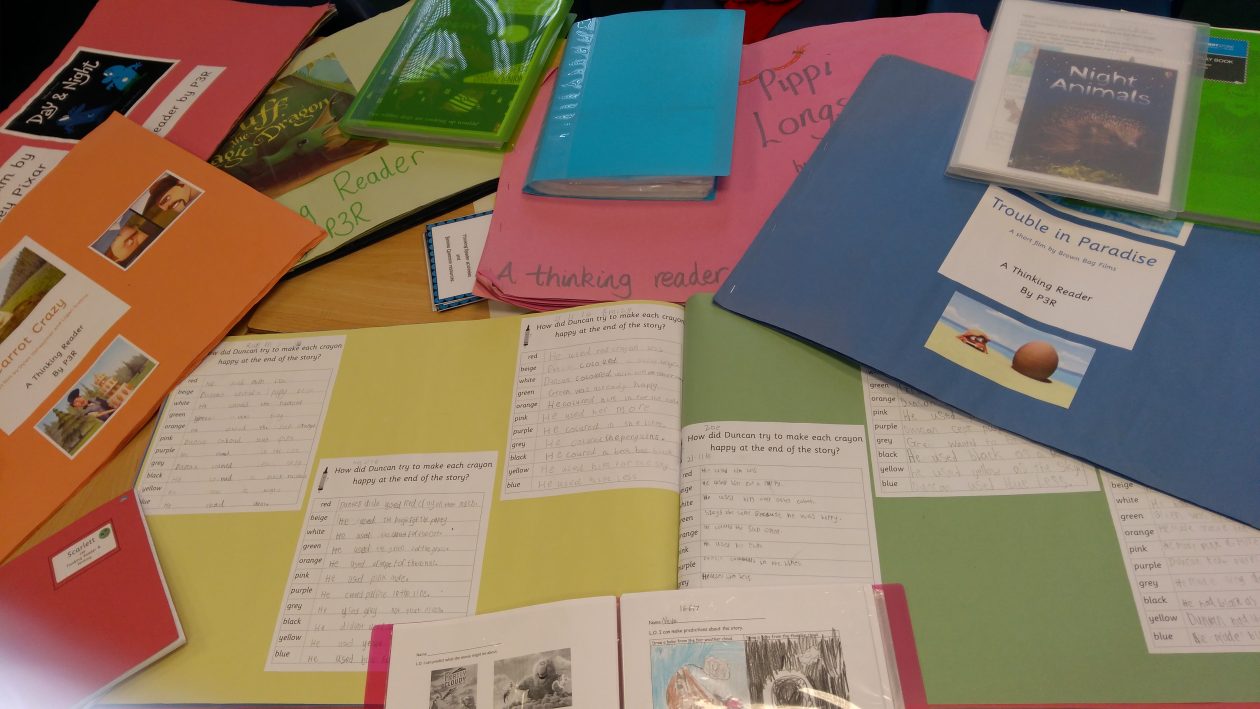
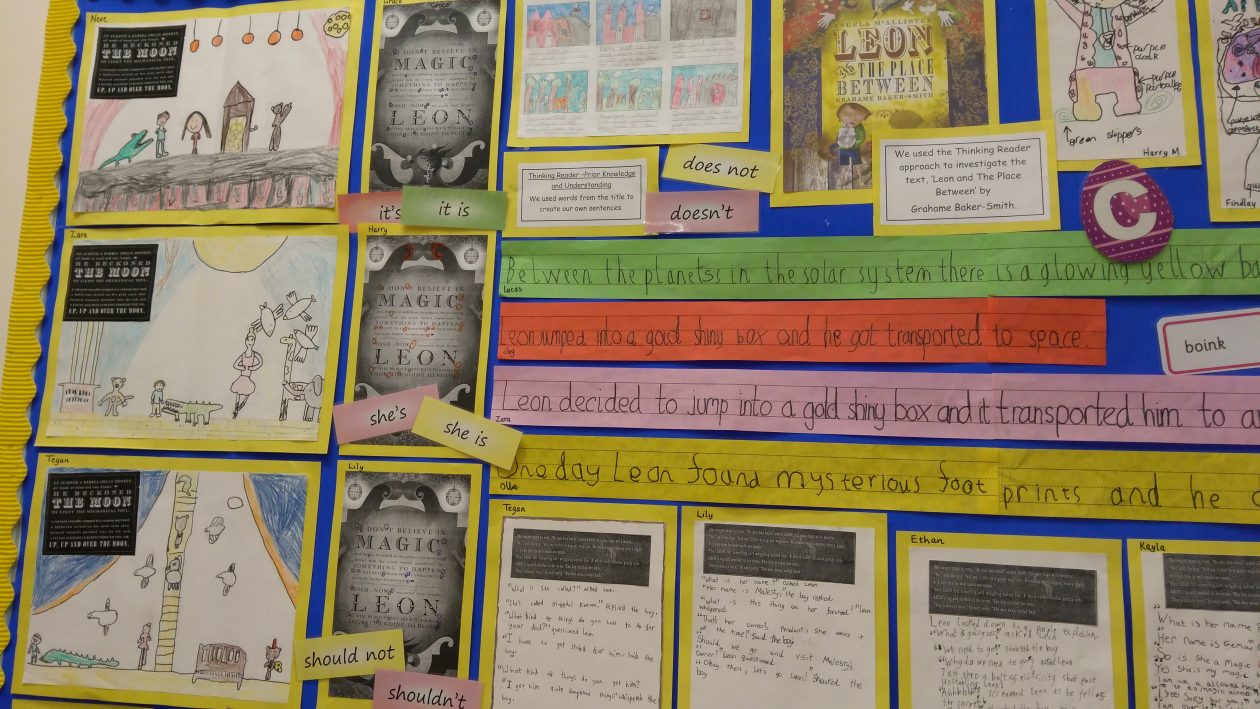
As part of their Larbert cluster focus on reading skills, Laura Robinson and Claire Morrison have been developing the Thinking Reader approach with colleagues at Larbert Village PS over the last 3 school sessions. Laura and Claire had both used this approach themselves previously and recognised its value for developing children’s reading skills, engagement in and enjoyment of reading. Both volunteered to jointly lead the literacy working group who were focusing on reading in their school.
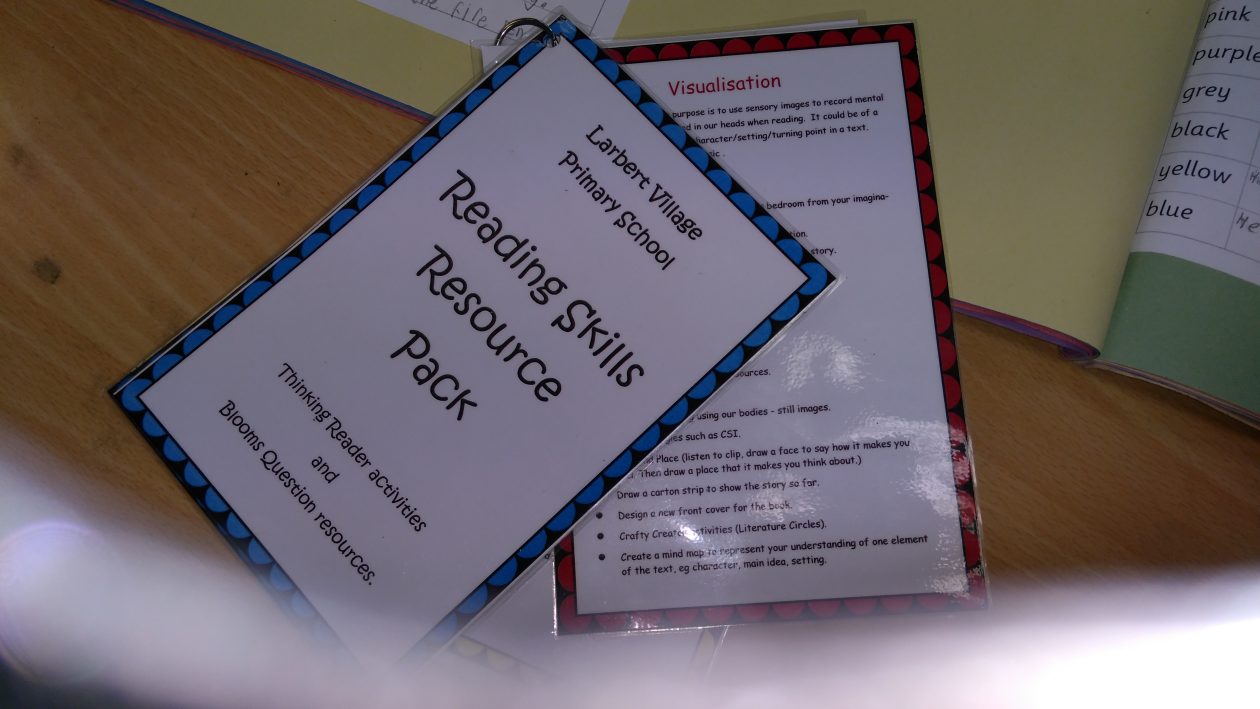
Year 1 was about raising staff awareness and offering training opportunities to build staff confidence in using the Thinking Reader approach. One of the most valuable activities was the creation of a Thinking Reader resource booklet which staff made together. This booklet has proven to be a very useful tool which helps everyone plan their Thinking Reader units of work. Staff were so enthusiastic about using the approach that they took advantage of opportunities to observe and shadow Laura and Claire during Thinking Reader lessons.
Teachers noticed that the approach was having a whole range of impacts on children’s reading:
- Increased understanding of the text
- Greater engagement with the text
- Raised the profile of reading across the school
- Obvious enjoyment of the text and a real sense of how valued each text was (Book Bug books were used as Thinking Readers and became very precious to the children – they could not wait to share their book with family members – parents and relatives still comment on how often the children want to read these books at home)
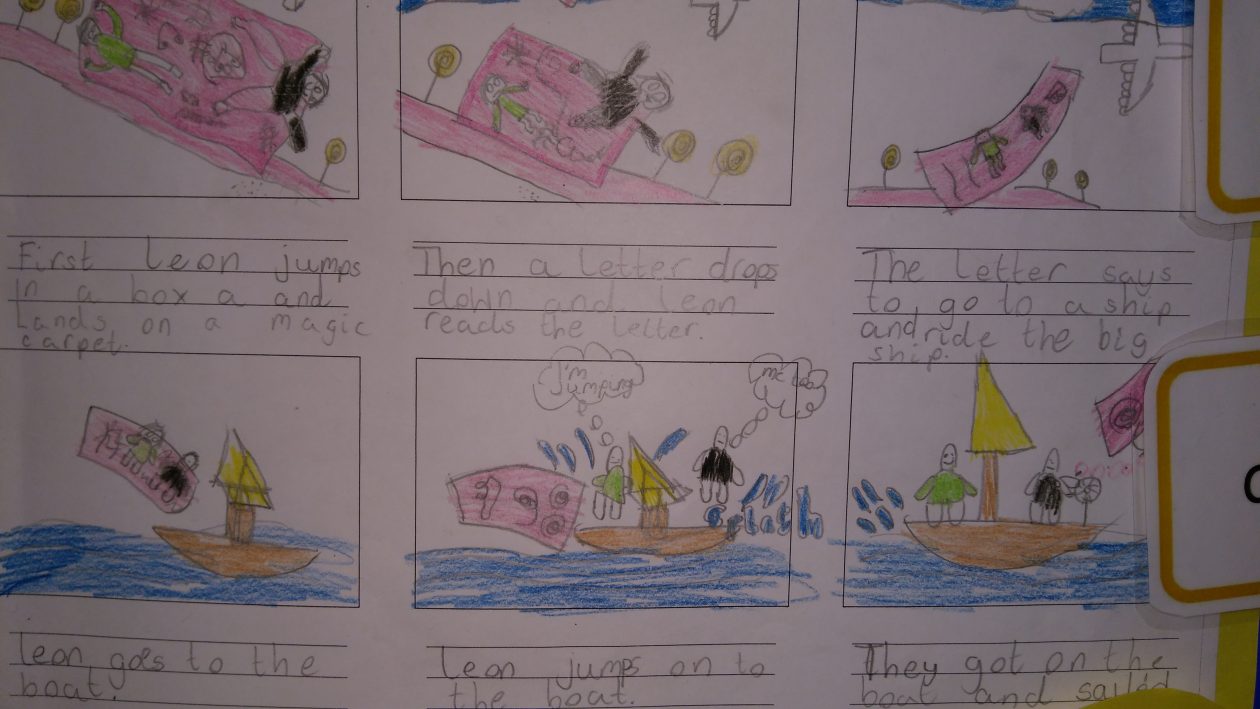
This first year went so well that a showcase event was held at the end of National Book Week to celebrate reading and share the Thinking Reader approach with parents. The Thinking Reader questions developed by staff have been turned into a poster with questions which parents can use at home when reading with their children. Laura and Claire see this as a valuable tool which they can share with parents when they ask for specific ways to support their child’s reading
Using feedback from colleagues, Laura and Claire set about increasing the range of texts available for use with this approach. Through working group research and collaboration texts were identified, then gathered to create Thinking Reader resource libraries (Book Fair and PEF funding also supported these purchases). 2018-19 focused on acquiring age-appropriate picture book texts for use with primary 4-7 pupils. Teachers felt that these texts would be accessible so that all pupils could develop their reading skills in addition to enjoying and being engaged with the texts.
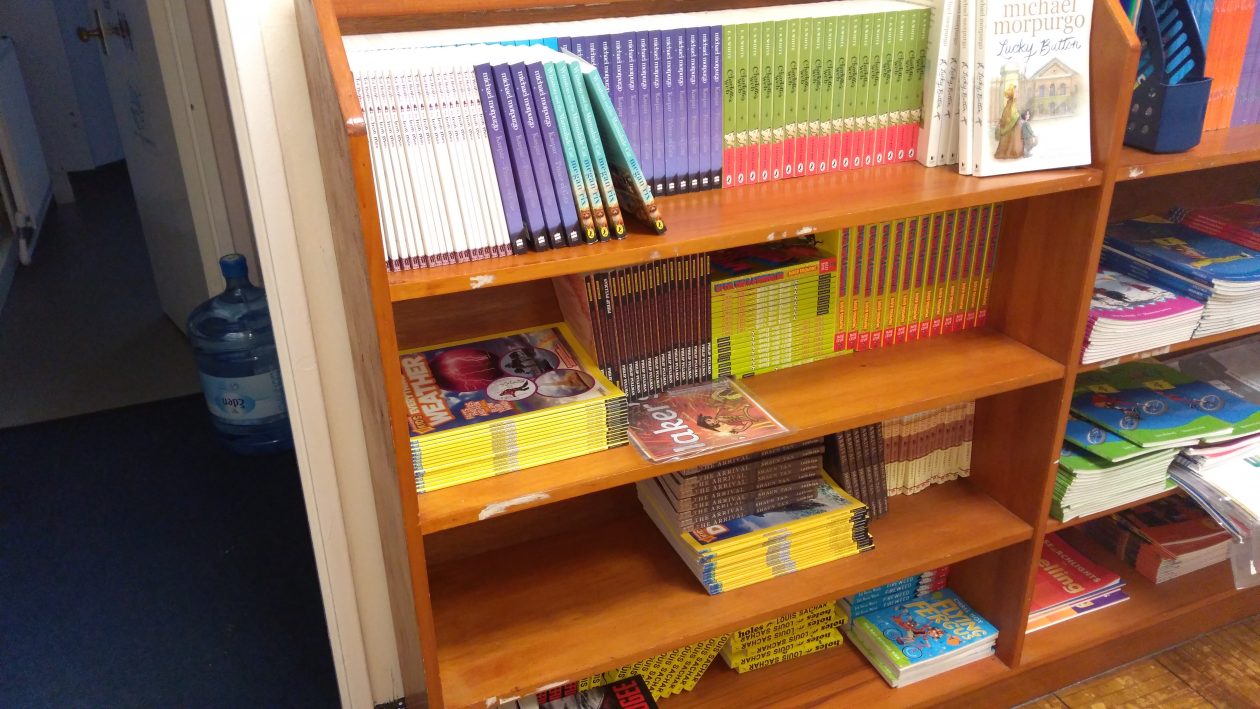
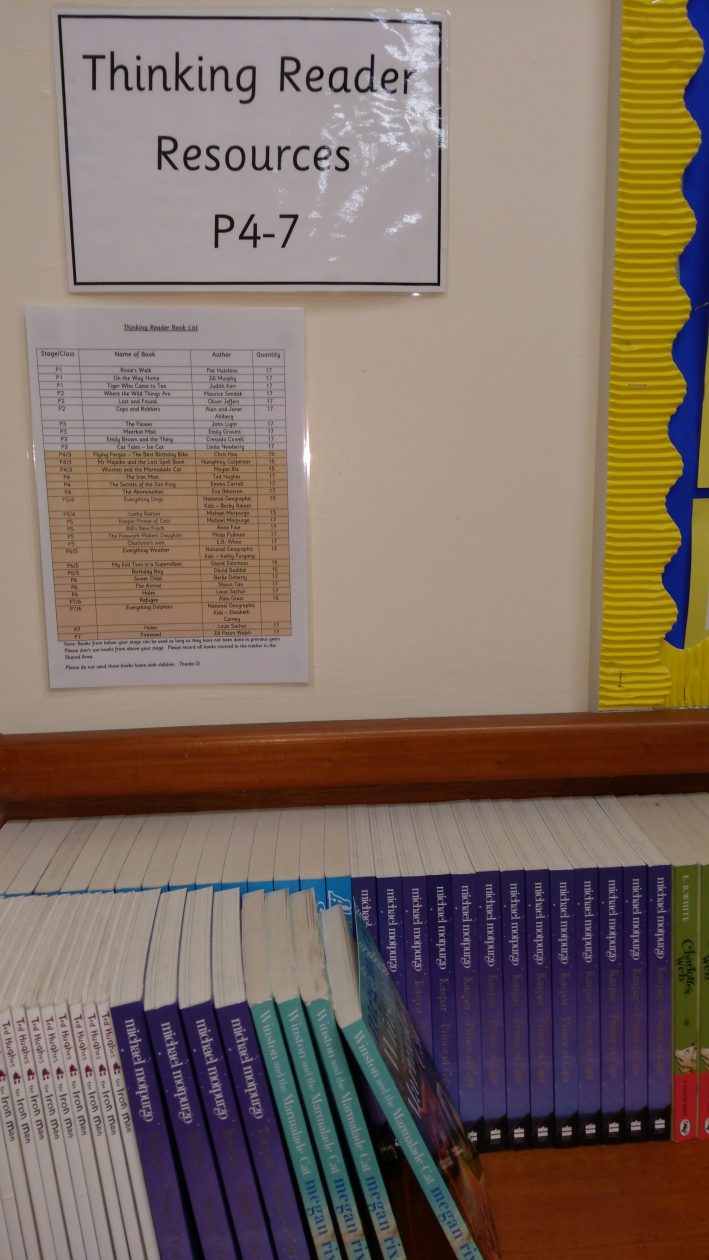
Different teachers have chosen to capture/collect the learning resulting from their Thinking Readers in variety of ways. Floor books, folders, jotters and wall displays all proved useful ways to share in school plus effective use of Twitter for parents and a wider education audience. Claire’s primary 2 class were particularly inspired by a fictional book about a pink penguin – their Thinking Reader developed into a whole series of pink penguin toy adventures and the creation of a penguin rucksack which went home with the penguin each weekend.
This literacy development of the Thinking Reader approach has been successful for a host of reasons: effective peer support and collaboration; use of display and other methods of sharing; making sure that the approach is used consistently across the school; ensuring skills progression within and across stages. Laura and Claire feel that it has been a very positive journey for the whole staff, and that they can see a real increase in pupil engagement and enjoyment of reading using this approach. The Thinking Reader approach makes comprehension creative and fun so that the children enjoy taking part in the activities and progressing their literacy skills.
